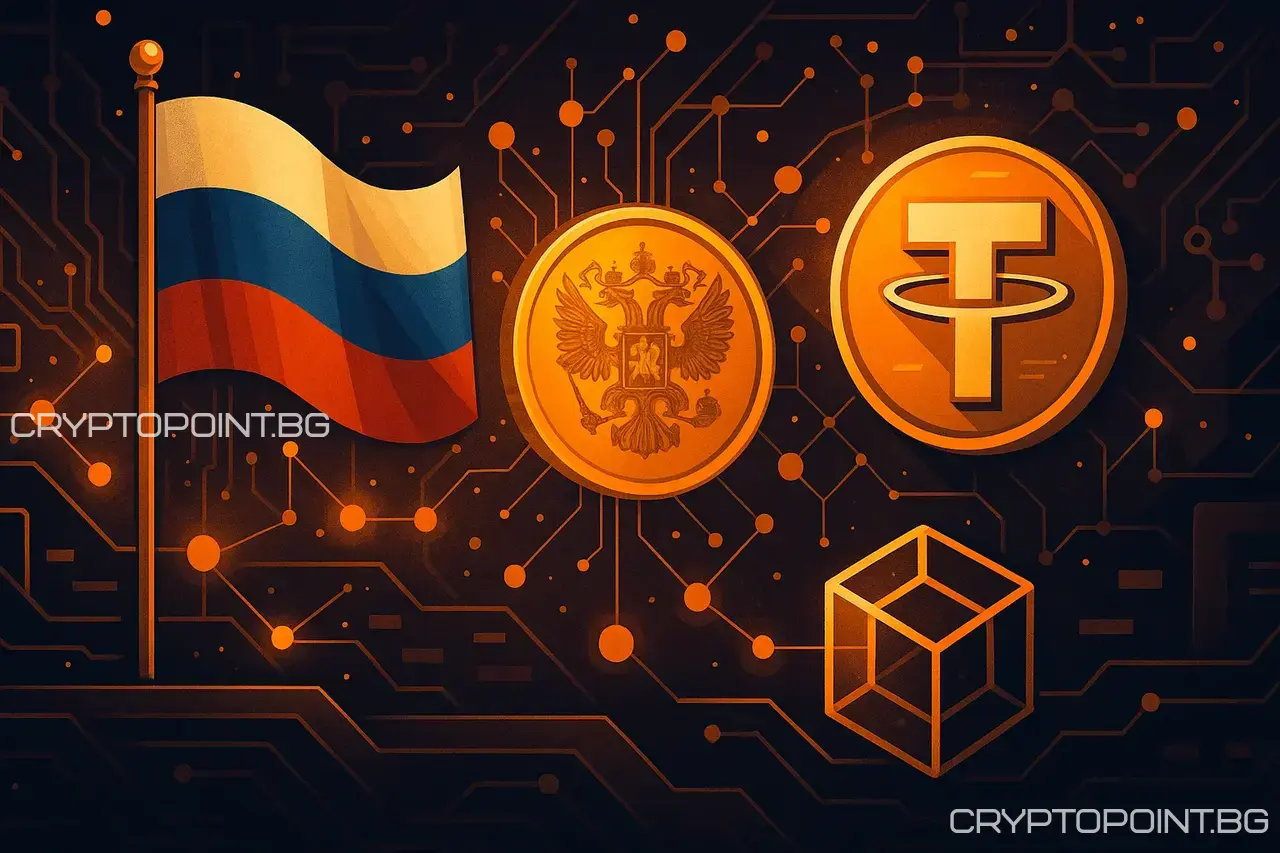
Key Highlights:
- USDT to be restricted in Russia: New rules from the Central Bank effectively eliminate USDT’s use for domestic purposes.
- Focus on tokenized assets and the digital ruble: Russia promotes digital currencies from “friendly countries” and distances itself from U.S.-based stablecoins.
- USDT remains allowed for international trade only, with limited access for Russian investors.
No Official Ban, but All Signs Point to USDT Phase-Out
Following the freezing of several USDT wallets last month, the Central Bank of Russia introduced a new regulatory package ahead of its crypto sandbox launch on May 26, 2025. The platform will enable the use of crypto assets in international trade but sets strict criteria for approved tokens.
The bank did not name specific assets, but experts say the rules are deliberately aimed at USDT and other stablecoins pegged to the U.S. dollar.
New Criteria: Only “Friendly Tokens,” No Freezable Wallets
The new framework allows only tokens from “friendly countries” that do not support sanctions against Russia. It also excludes tokens that can be frozen or disabled by the issuer—an explicit reference to Tether, the company behind USDT.
Experts: USDT Fails to Meet the New Standards
Mikhail Uspensky, a crypto regulation expert in Russia, confirms that USDT will most likely be blocked for domestic use. Georgy Gukasyan from DRT adds that Tether complies with U.S. sanctions, including freezing assets and refusing redemptions—risks that endanger Russian investors.
International Use of USDT Still Permitted
Despite domestic restrictions, USDT will remain allowed for use in cross-border trade. The sandbox platform is designed to support foreign commerce, not retail investment.
Alternatives: Gold, Tokenized Assets, and the Digital Ruble
Russia is testing two programs for international settlements:
One leverages tokenized assets such as gold, which are already legalized for cross-border use.
The other allows crypto payments for imports and exports, with pilot transactions beginning back in December.
A digital ruble is also under development, along with a BRICS Bridge system for local currency settlements using CBDCs.
Conclusion:
With the new regulations, USDT’s days in Russia appear numbered—at least for domestic commerce. As Tether continues to comply with Western regulators, Russia is pivoting toward “non-dollar” and sovereign alternatives. A further shift toward tokenized assets, the digital ruble, and CBDC-based payment systems is expected to replace U.S.-origin stablecoins in the near future.
Frequently Asked Questions
Find answers to the most common questions below.
There is no official ban, but new Central Bank regulations effectively prohibit its domestic use by excluding tokens that can be frozen or controlled by foreign issuers.
Yes, USDT remains allowed for cross-border trade under the new sandbox program, which is intended to facilitate international commerce rather than retail use.
Russia is promoting tokenized assets like gold, the development of a digital ruble, and local CBDC-based payment systems under the BRICS Bridge initiative.
This article is for general informational purposes only and is not intended to be, and should not be construed as, legal or investment advice. Crypto-assets are highly volatile, so only invest funds that you are willing to lose and use your own research and risk management.




